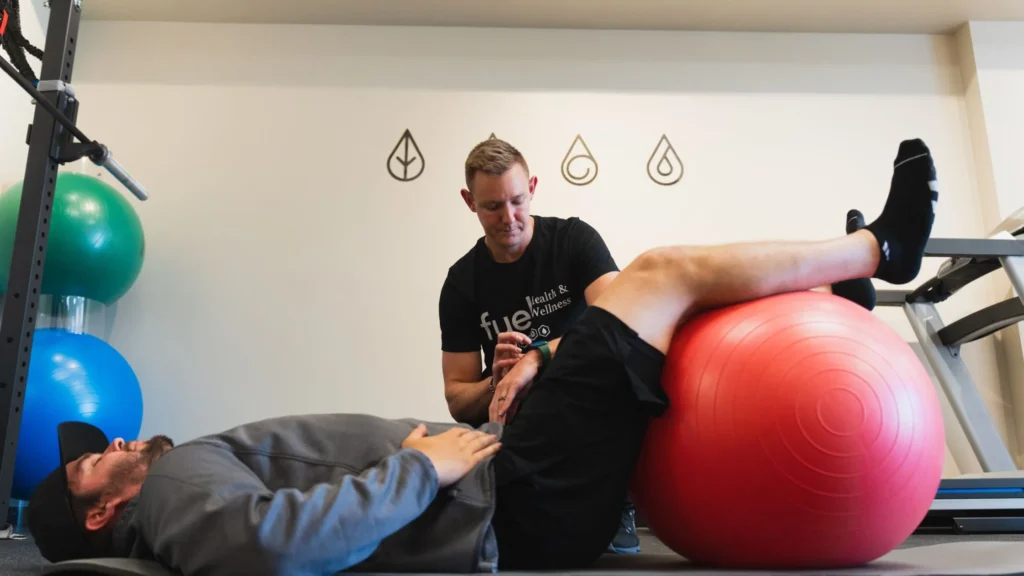Chronic pain affects millions of people in the United States, limiting daily activities and reducing quality of life. Physical therapy offers a non-invasive approach to managing pain while improving mobility and function. Understanding the relationship between physical therapy and pain management can help you make informed decisions about your treatment options. Here is more information on how physical therapy works within pain management frameworks and the specific benefits it provides:
What Is Involved in Pain Management?
Pain management encompasses a multidisciplinary approach to treating acute and chronic pain conditions. Healthcare professionals use various strategies, including medications, physical interventions, and lifestyle modifications. The goal is to reduce pain intensity while improving functional capacity and overall well-being.
Effective pain management programs may combine multiple treatment modalities. These include pharmaceutical interventions, physical therapy, and advanced therapies, such as nerve blocks. Each component addresses different aspects of the pain experience, creating a comprehensive treatment plan tailored to individual needs.
What Is Physical Therapy?
Physical therapy is a healthcare profession that uses evidence-based techniques to restore movement and function while managing pain. Licensed physical therapists assess musculoskeletal, neurological, and cardiovascular conditions to develop treatment plans tailored to each patient’s specific needs. The practice combines scientific knowledge with clinical expertise to address movement dysfunction and pain.
Physical therapists specialize in understanding how the body moves and functions, identifying movement patterns that contribute to pain or dysfunction. This expertise enables them to design targeted interventions that address the root causes of pain, rather than merely masking symptoms. Therapists may use manual therapy techniques, modalities such as heat and cold therapy, and provide education on body mechanics and injury prevention. This multifaceted approach addresses both immediate pain relief and long-term functional improvement.
How Does It Work?
Physical therapy works through several interconnected mechanisms to effectively manage pain. Movement and exercise help stimulate the production of endorphins, the body’s natural pain-relieving chemicals. Manual therapy techniques applied by physical therapists help restore normal joint mobility and reduce muscle tension. Strengthening weak muscles helps support painful joints and structures, while flexibility exercises restore a normal range of motion.
What Are the Benefits?
Physical therapy offers numerous advantages for pain management. The treatment addresses both pain symptoms and underlying movement dysfunction, leading to more sustainable long-term outcomes. Patients may experience reduced reliance on pain medications while gaining improved functional capacity.
Functional improvement represents a primary benefit of physical therapy intervention. Patients potentially regain the ability to perform daily activities with less pain. This includes basic movements like walking, climbing stairs, and reaching overhead, as well as more complex activities related to work and recreation.
Physical therapy also provides patients with tools and strategies to help them manage their own care. Education about pain mechanisms, proper body mechanics, and home exercise programs enables individuals to take an active role in their recovery. This knowledge helps prevent future pain episodes and maintains treatment gains over time.
Find Relief Today
Physical therapy offers a practical approach to pain management that addresses both symptoms and underlying causes. Through targeted exercises, manual therapy techniques, and patient education, physical therapy can significantly reduce pain while improving function and quality of life. Take the first step toward pain relief by scheduling a consultation with a qualified specialist in your area. They can assess your specific condition and develop a comprehensive treatment plan tailored to your individual needs and goals.

